Just as the robotics industry is bubbling with humanoid robots, Boston Dynamics is bowing out their hydraulic one after just marking 10 years since the bipedal robot's debut. With millions of dollars poured into the robot, it is rather an odd decision when Atlas, Boston Dynamic's hudraulic robot, has been the most impressive of its kind for years.
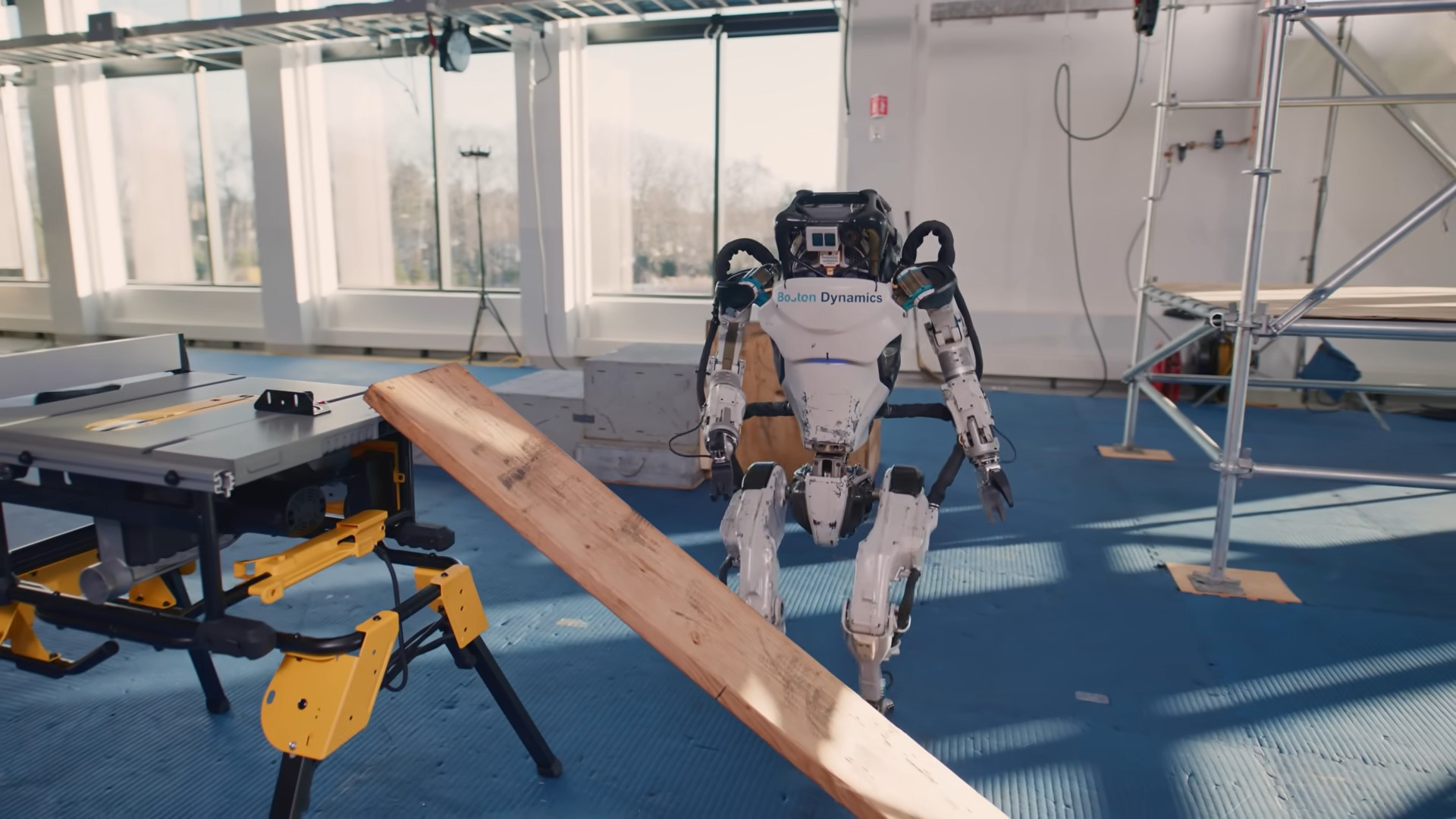
The now Hyundai-owned company, Boston Dynamics, has been ahead with humanoid robots for a long time. Atlas, their humanoid robot, was one of the most advanced robots ever built, at the time of its debut. And in the demos we see, it is capable of doing more than just move around and take boxes from one place to another; it was able to do parkour.
In a video shared by the company weeks ago, Atlas Struts, Atlas is demostrated moving a car strut (suspension system) that packs some weight around. "Can't trip Atlas up! Our humanoid robot gets ready for real work combining strength, perception, and mobility." The caption says, showing the level of advancement that has been reached with this humanoid robot. It wouldn't be a surprise to find Atlas doing factory-level work like helping to build vehicles.
Despite how capable and impressive Atlas has been, especially with the innovations in mobility, certain parts, like the hydraulics, are considerably outdated when you look at the standard of robotics today. The ones by Figure, Tesla, 1X, and Apptronix use electricity rather than the hudralics Atlas does.
However, today is the end of the road for the hydraulic humanoid as Boston Hydraulics is retiring it. And for a befitting farewell, the company reseasled a video of the best and worst moments of Atlas's performances over the years. This "final blooper" is to show how much effort goes into developing humanoid bots, as well as the flawlessly staged videos.
Hold your horses! Just a day after Boston Dynamics announced the retirement of their hydraulic humanoid robot, they announced that their humanoid robot is going electric.
In this all-new electric version of Atlas, we see it looking a lot more like the humanoids we have been seeing lately, such as Figure 01 and the Tesla bot. What is apparently different—Boston Dynamics being themselves and a little extra—are the uncommon movements it is capable of.
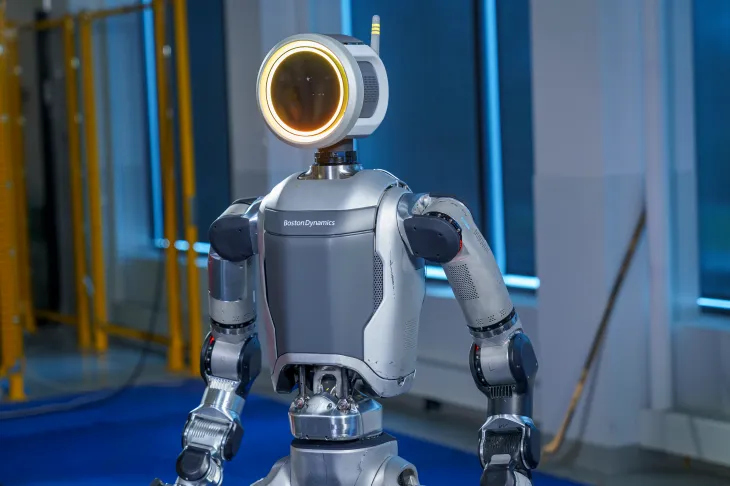
The new version of the robot is virtually unrecognizable. Gone are the top-heavy torso, the bowed legs, and the plated armor. There are no exposed cables anywhere to be found on the svelte new mechanical skeleton. sub>Source</sub
The first thing you see in the released demo is the all-new Atlas getting up from a facedown position laying on gym mats, and how it does it is uncanny and unconventional. And their point in doing that, making the robot like that, is how much productivity one can gain with it alone, with such a robot in process lines in factories, for example.
Even though the idea is to use a human factor since the environment we have designed is essentially for the human form—the doors that we open with our hands, the tools we use, and the stairs we climb—All New Atlas has been built with custom, high-powered, and very flexible actuators at most joints, as CEO Robert Playter says, to enable it to be more efficient with its locomotion.
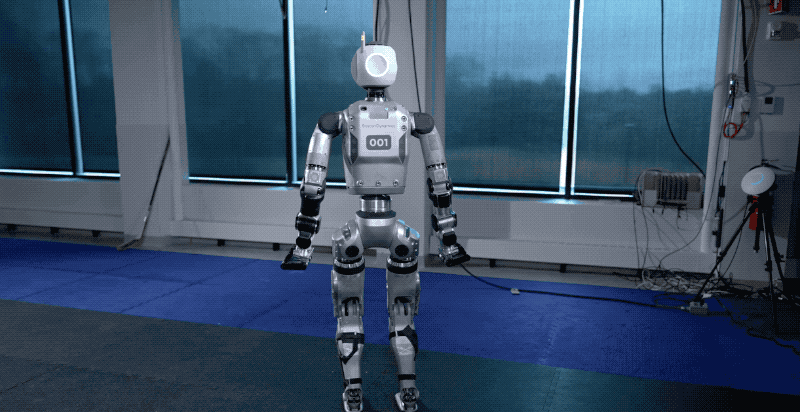
It is able to do a 180-degree turn with its head, as well as with its torso, and move its joints way more than a human can. We haven't been made perfect machines over the years of evolution and still come short in a lot of areas of our lives, so why not create machines that can do things that we can't rather than limiting them to our level?
What you wouldn't want is to redesign an environment just so a new robot that you need can fit in. That is why we have these advanced humanoid robots that should be able to adapt to the environments they are put in. And to make it more efficient for them to move and increase productivity, being able to do things like turn radius and make the robot get up when it falls can go a long way.
Robots typically cannot stand up on their own when they fall and would need human interventions in such instances. And so a robot that can pick itself up and continue working is a big leap in productivity, especially in factories. So the demonstration of the All New Atlas getting up from a facedown position was a chance to showcase that special new ability and its usefulness.
“It’s going to be capable of a set of motions that people aren’t,” CEO Robert Playter explains. “There will be very practical uses for that.”
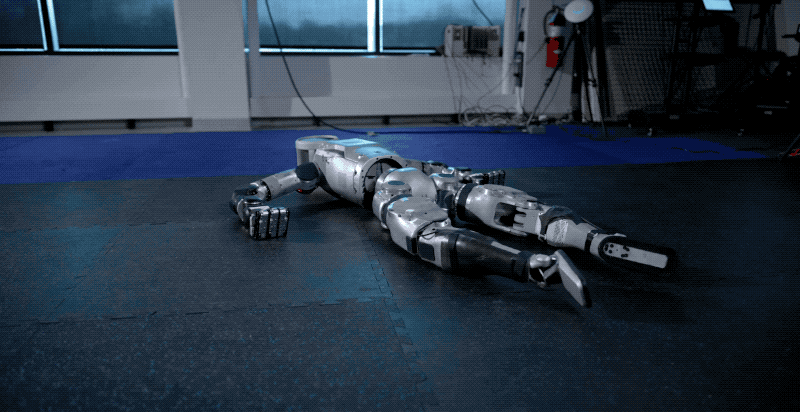
Another peculiarity of All New Atlas is its head and hands. It has a ring of light around its so-called face that looks like a mirror with its big round display—which will definitely come in handy when interacting with it in the future.
“It was one of the design elements we fretted over quite a bit,” says Playter. “Everybody else had a sort of humanoid shape. I wanted it to be different. We want it to be friendly and open. It provides a palette for a display. Of course, there are sensors buried in there, but the shape is really intended to indicate some friendliness. That will be important for interacting with these things in the future.”
Instead of five fingers like humans have, it has three. And their explanation is that there are a lot of complexities in a hand, and so it much easier to control these complexities with fewer fingers.
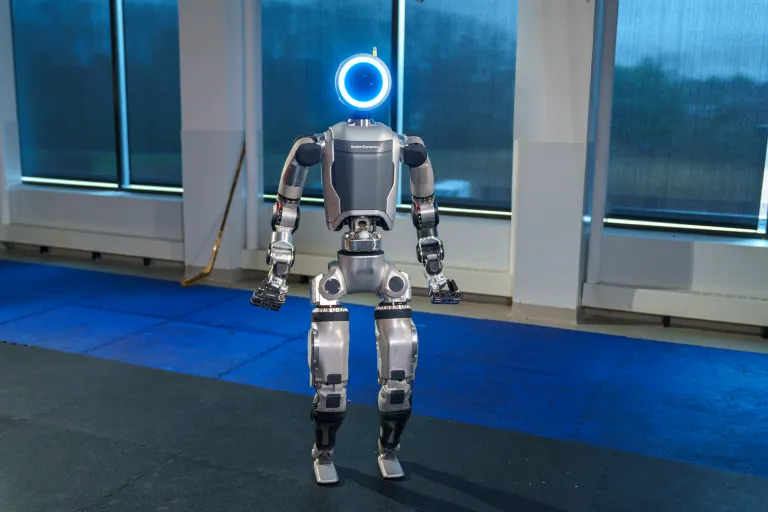
Boston Dynamics claims a long history in dynamic mobility, and they know how to accommodate heavy payloads and still maintain tremendous mobility, as Playter says, and that is going to be a differentiator for them from other humanoid robot companies, being able to pick up heavy, complex, and massive things.
Boston Dynamics retires the hydraulic humanoid robot Atlas and introduces an all new one of the same name, pursuing further advancements in their technologies in the robotics industry. Even though the All New Atlas' movement isn't as smooth, it manages to take the industry by surprise with its capabilities.
By the way, make earnings with your content on Hive via InLeo while you truly own your account. If you're new, sign up in a few minutes by clicking here! And here's a guide on navigating.
All images belong to Boston Dynamics
Interested in more?
Apple Vision Pro Version 2 Potential Features
Meet Figure 01: The Human-Like Robot Redefining the Future
NASA's Snake Robot to Explore Saturn's Moon for Signs of Life
Meet the Humane AI Pin: Voice, Gesture, AI – No Screens Needed!
The Link: Bridging Minds and Machines with Neuralink's Brain Chip
Posted Using InLeo Alpha